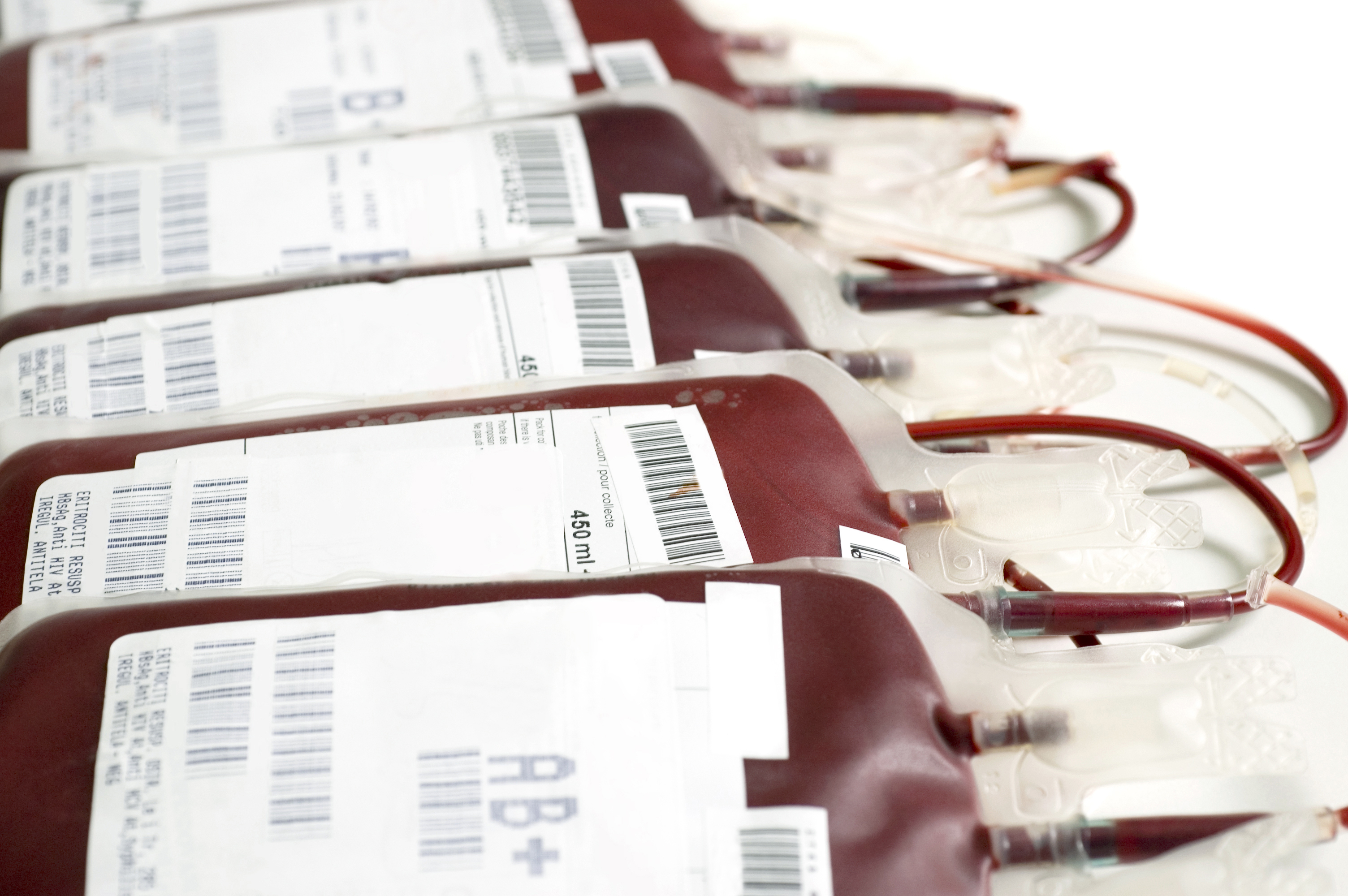Treatment of leukaemia
The goal of treatment is permanent complete remission with normalization of blood count and bone marrow.
The basic standard of care is to divide patients into groups according to the presence of genetic mutations.
More knowledge of individual genetic abnormalities allows for better tailoring of treatment to patients.
The standard and basic treatment is chemotherapy, a combination of cytostatics in regimens according to international protocols.
We now also have targeted therapies that act selectively on a specific target.
It acts on signaling pathways and tries to suppress tumor growth.
For example, enzyme inhibitors such as tyrosine kinases and monoclonal antibodies are used in the treatment.
They provide therapeutic benefit in a specific group of patients (e.g. with a particular genetic mutation).
Irradiation (radiotherapy) is also used in the treatment of leukaemia. It is used when indicated.
The mainstay is symptomatic, supportive treatment, prevention of complications and strict dispensary monitoring.
Patients are often faced with a severe course of infections. In such cases, broad-spectrum antibiotic treatment is essential.
Corticosteroids are often used in the treatment of leukaemia, which, among other effects, have a so-called lympholytic effect (inhibiting the proliferation of lymphoid tissue).
Additional therapies include growth factors that promote haematopoiesis.
A very common and repeatedly necessary treatment is blood transfusion.

Haematopoietic cell transplantation
A transplant is a treatment method in which hematopoietic cells - called a transplant - are transferred to the patient when the hematopoiesis is impaired.
The main aim of a transplant is to replace the destroyed haematopoietic tissue with healthy haematopoietic cells.
The impetus for research into transplants came from atomic explosions, where hematopoiesis was suppressed.
The breakthrough idea was to deliberately destroy diseased bone marrow (e.g. by high doses of radiation, chemotherapy) and replace it with healthy hematopoietic cells.
An important discovery in medicine was the discovery of the so-called HLA system (human leukocyte antigens) in the blood.
We no longer divide blood only by blood groups, but also distinguish special features on white blood cells (leukocytes) - antigens.
We are thus able to characterise a person's blood much more accurately when transfused or transplanted.
This principle is used in the treatment of leukaemia. High doses of cytostatics and/or radiation are used to suppress the diseased haematopoiesis. Recovery is made possible by transplanting haematopoietic cells at the appropriate time.
Types of transplantation:
- Allogeneic
- Allogeneic unrelated (on bone marrow or cord blood donor registries)
- Autologous transplantation (from own body, donation in complete remission of disease)
Cell source:
- Bone marrow
- Hematopoietic cells from circulating peripheral blood
- Umbilical cord blood
Haematopoietic cells from peripheral blood
Bone marrow is the seat of hematopoiesis.
In the early days, donations and transplants were performed by injections into the bone marrow.
Today's medicine detects haematopoietic stem cells in the periphery. Normally there are few, but with treatment and white blood cell loss, the body wants to regenerate and flushes increased numbers of haematopoietic cells into the blood.
This can be boosted with special growth factors in the treatment and over time the blood cells become depleted.
This type of transplantation is the most commonly used in the world today.
Umbilical cord blood
The relatively high proportion of haematopoietic cells in umbilical cord blood allows its use in the treatment of oncohaematological diseases.
Cord blood transplantation is mainly used to treat children. It can also be performed in adults.










